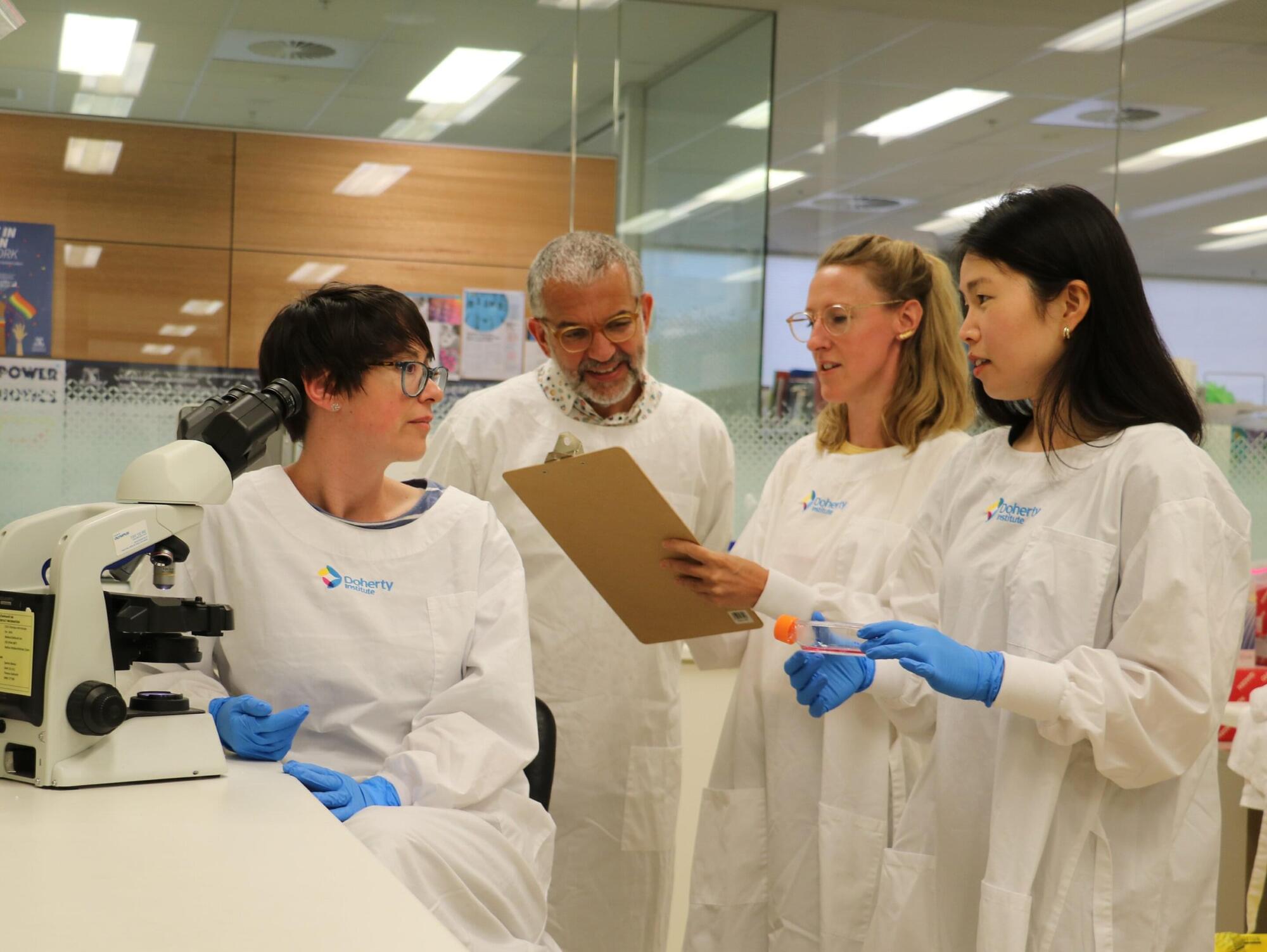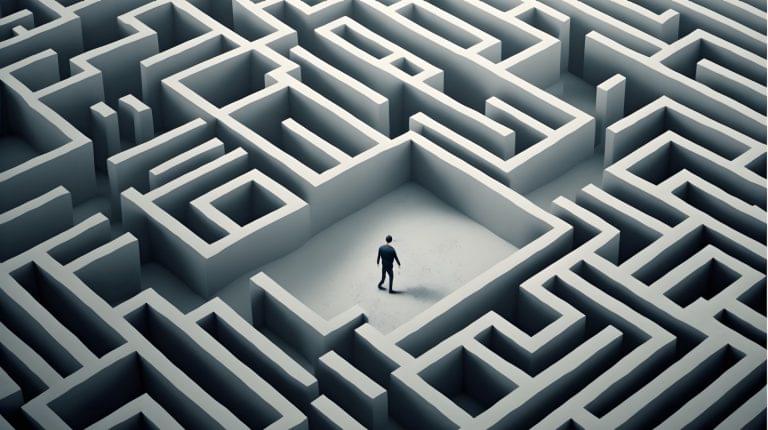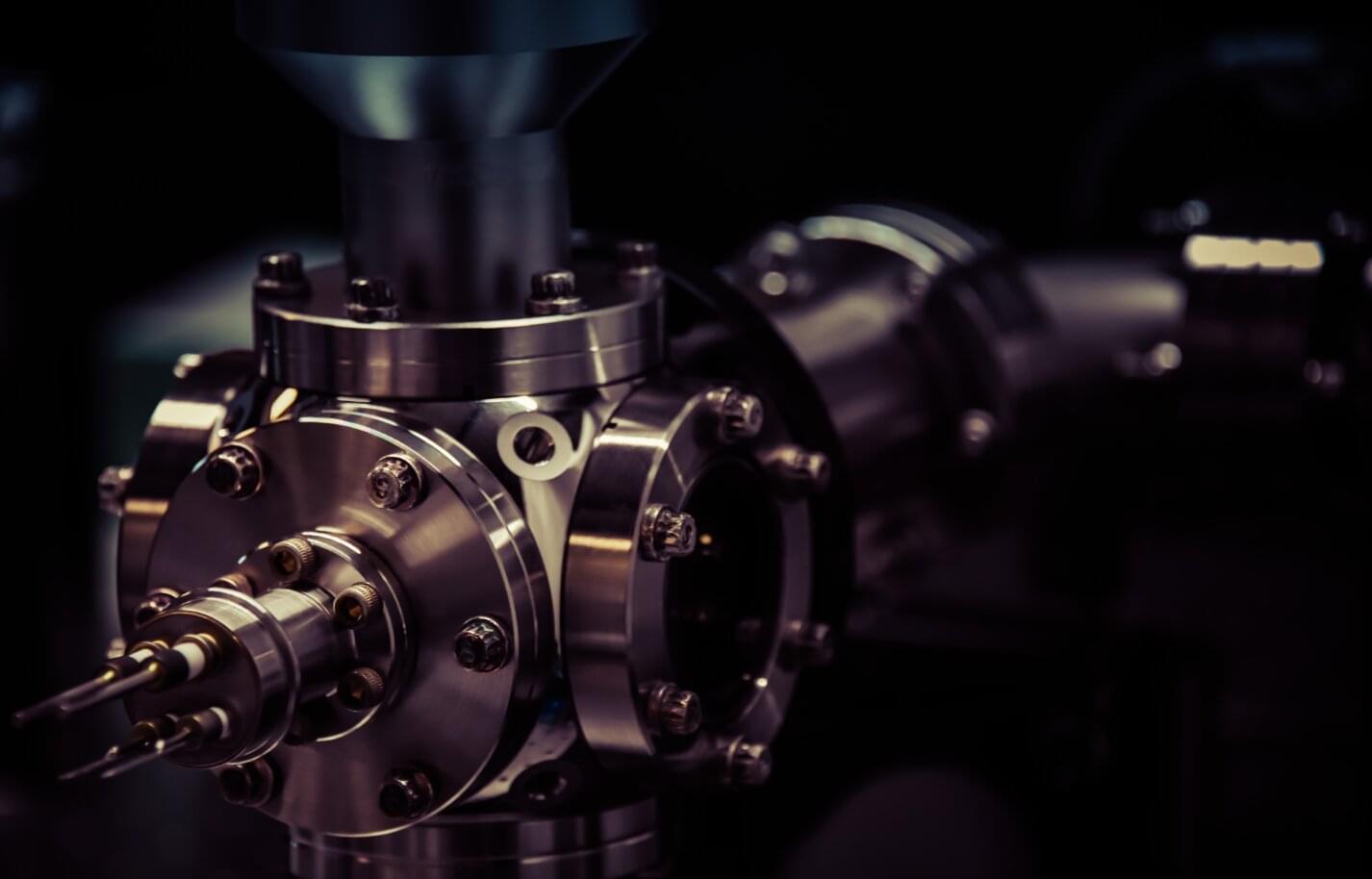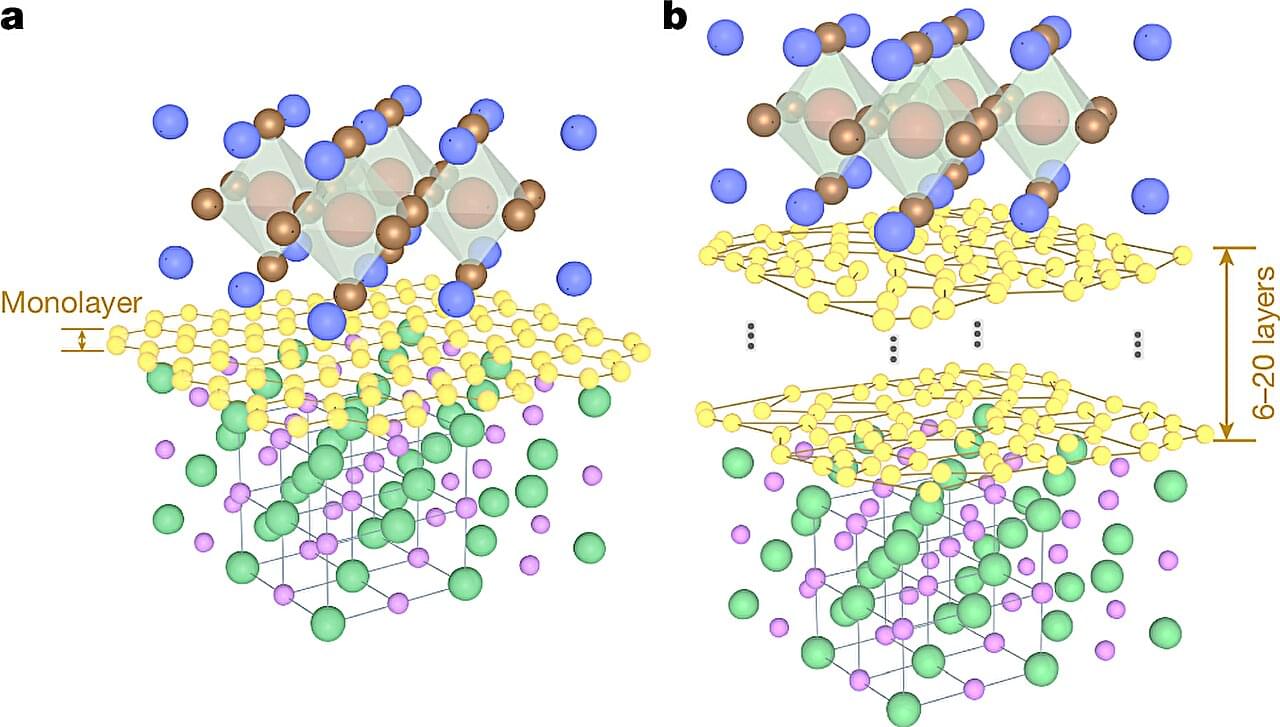Scientists at the Peter Doherty Institute for Infection and Immunity (Doherty Institute) have uncovered how the gut microbiota help the immune system fight melanoma, explaining why patients with a fiber-rich diet and balanced gut bacteria tend to respond better to cancer immunotherapies.
The study, published in Immunity, shows that molecules produced by gut bacteria upon digestion of dietary fiber can improve the function of cancer-fighting immune cells. The research team, led by the Doherty Institute, in collaboration with the Peter MacCallum Cancer Center (Peter Mac) and Monash University, found that these digestive by-products influence melanoma progression by naturally boosting killer T cell function in pre-clinical cancer models.







